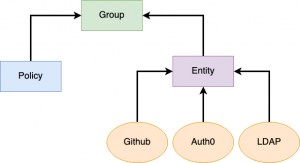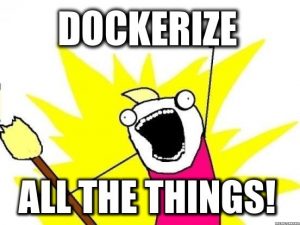
In incident response, time is precious and something you can never get back. Typically, when I receive a security alert about an endpoint, it requires manual lookups on multiple data sources for critical pieces of information. These manual lookups can be time-consuming, create fatigue, and don’t use the power of technology to your advantage. This blog post will demonstrate a proof-of-concept (POC) by using the power of a network community ID hash by Corelight to fuse endpoint and network-based data sources.
KSQL by Confluent provides the ability to enrich independent data sources by correlating common attributes. In this POC, we are going to use Sysmon or Osquery to monitor the endpoint and Zeek to monitor the network. Not only will this blog post serve as a POC but it will discuss the architecture, design decisions, working infrastructure-as-code, and the knowledge I accumulated from this project. The hope is that this POC will serve as a framework for the infosec community to use to perform log enrichment. Lastly, I will demonstrate the power of this POC by detecting a Powershell Empire agent that has been injected into explorer.exe.
Continue reading →



















